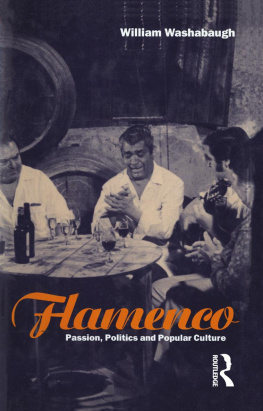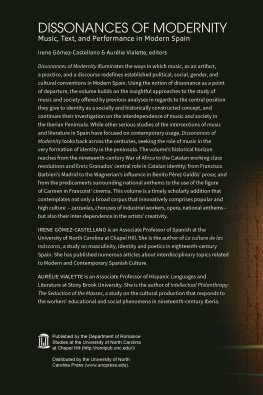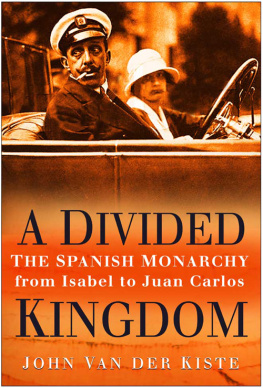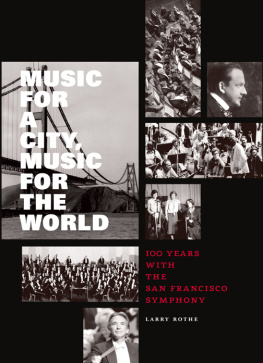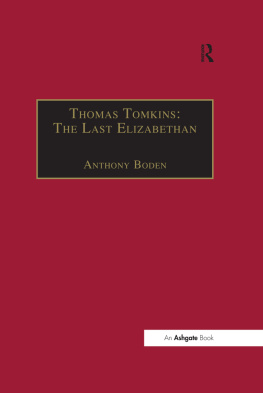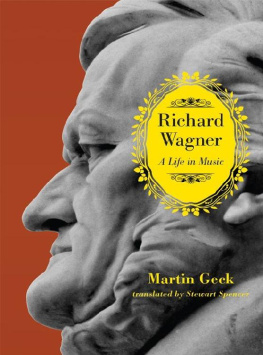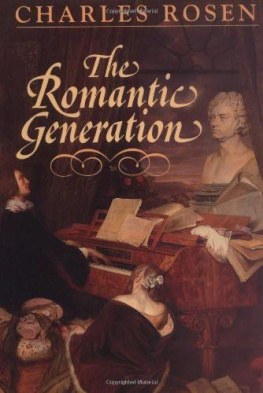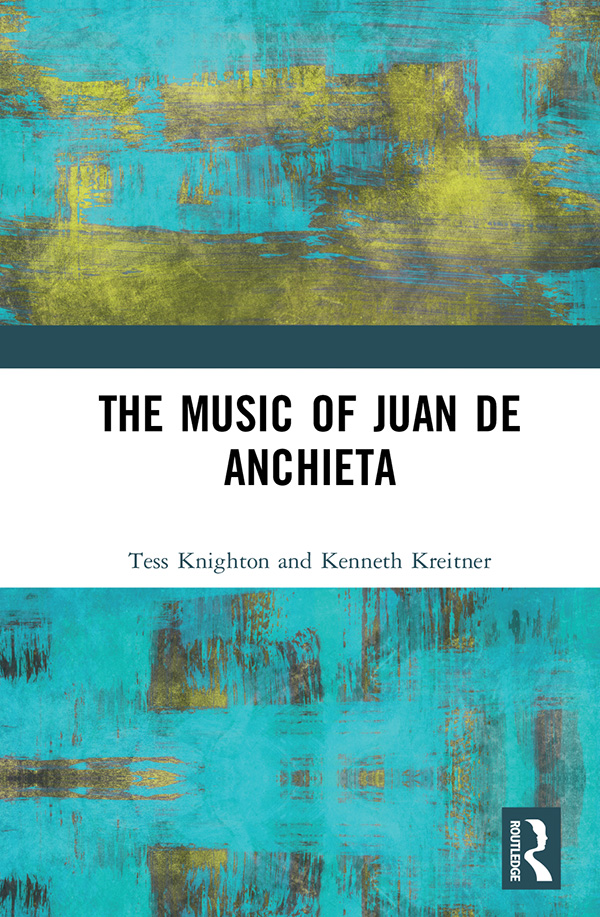
The Music of Juan de Anchieta
This book explores Juan de Anchietas life and his music and, for the first time, presents a critical study of the life and works of a major Spanish composer from the time of Ferdinand and Isabel. A key figure in musical developments in Spain in the decades around 1500, Anchieta served in the Castilian royal chapel for over thirty years, from his appointment in 1489 as a singer in the household of Queen Isabel, and he continued to receive a pension from her grandson, the Emperor Charles V, until his death in 1523. He traveled to Flanders in the service of the Catholic Monarchs daughter Juana, and was briefly music master to Charles himself. Anchieta, along with Francisco de Pealosa, his contemporary in the Aragonese chapel, and a few others, was a key figure in the rise of elaborate written polyphony in the Spain of Josquins time.
The book brings together two of the leading specialists in Spanish music of the era in order to review and revise the rich biographical material relating to Anchietas life, and the historiographical traditions which have dominated its telling. After a biographical overview, the chapters focus on specific genres of his music, sacred and secular, with suggestions as to a possible chronology of his work based on its codicology and style, and consideration of the contexts in which it was conceived and performed. A final chapter summarizes his achievement and his influence in his own time and after his death. As the first comprehensive study of Anchietas life and works, The Music of Juan de Anchieta is an essential addition to the history of Spanish music.
Tess Knighton has been an ICREA Research Professor affiliated to the Instituci Mil i Fontanals (CSIC) in Barcelona since 2011. She is also an Emeritus Fellow of Clare College, Cambridge. Between 1992 and 2009, she was editor of the journal Early Music, and she is a series editor of the Boydell Presss Studies in Medieval and Renaissance Music. The volume she edited with lvaro Torrente on Devotional Music in the Iberian World, 14501800 won the Robert M. Stevenson Award from the American Musicological Society. Her most recent publications include the Companion to Music in the Age of the Catholic Monarchs (2017) and Hearing the City in Early Modern Europe (2018).
Kenneth Kreitner is Benjamin W. Rawlins Professor of Musicology at the Rudi E. Scheidt School of Music of the University of Memphis. His publications include Discoursing Sweet Music: Town Bands and Community Life in Turn-of-the-Century Pennsylvania (1990); The Church Music of Fifteenth-Century Spain (2004), which won the 2007 Robert M. Stevenson Award from the American Musicological Society; and articles on Spanish Renaissance music and early performance practice in Early Music, Early Music History, Musica Disciplina, the Journal of the Royal Musical Association, and elsewhere.
First published 2019
by Routledge
2 Park Square, Milton Park, Abingdon, Oxon OX14 4RN
and by Routledge
52 Vanderbilt Avenue, New York, NY 10017
Routledge is an imprint of the Taylor & Francis Group, an informa business
2019 Tess Knighton and Kenneth Kreitner
The right of Tess Knighton and Kenneth Kreitner to be identified as authors of this work has been asserted by them in accordance with sections 77 and 78 of the Copyright, Designs and Patents Act 1988.
All rights reserved. No part of this book may be reprinted or reproduced or utilized in any form or by any electronic, mechanical, or other means, now known or hereafter invented, including photocopying and recording, or in any information storage or retrieval system, without permission in writing from the publishers.
Trademark notice: Product or corporate names may be trademarks or registered trademarks, and are used only for identification and explanation without intent to infringe.
British Library Cataloguing-in-Publication Data
A catalogue record for this book is available from the British Library
Library of Congress Cataloging-in-Publication Data
A catalog record has been requested for this book
ISBN: 978-1-4724-3146-2 (hbk)
ISBN: 978-1-315-55537-9 (ebk)
Typeset in Times New Roman
by codeMantra
Musical sources are referred to here as conversationally as is practical, whether by nicknames, RISM numbers, or (most often) city-name-plus-shelfmark. Following is a key to these sources and their full titles.
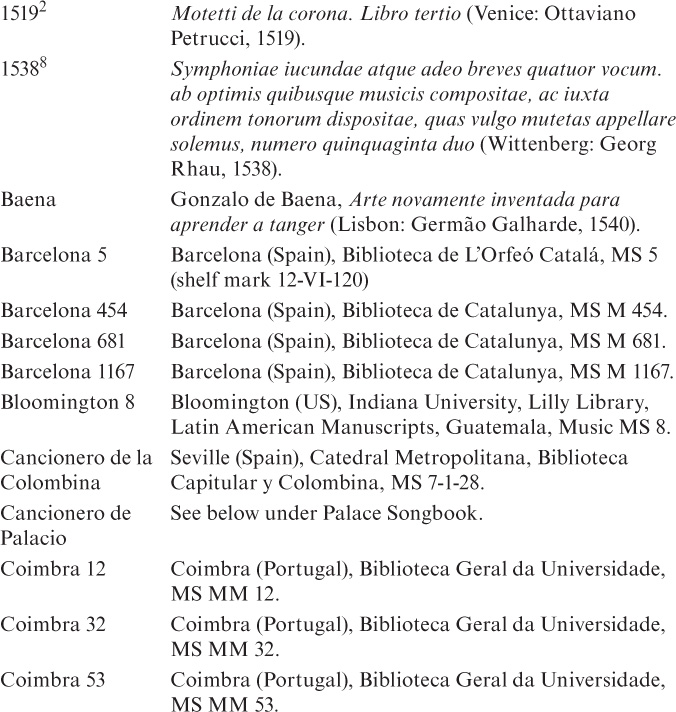
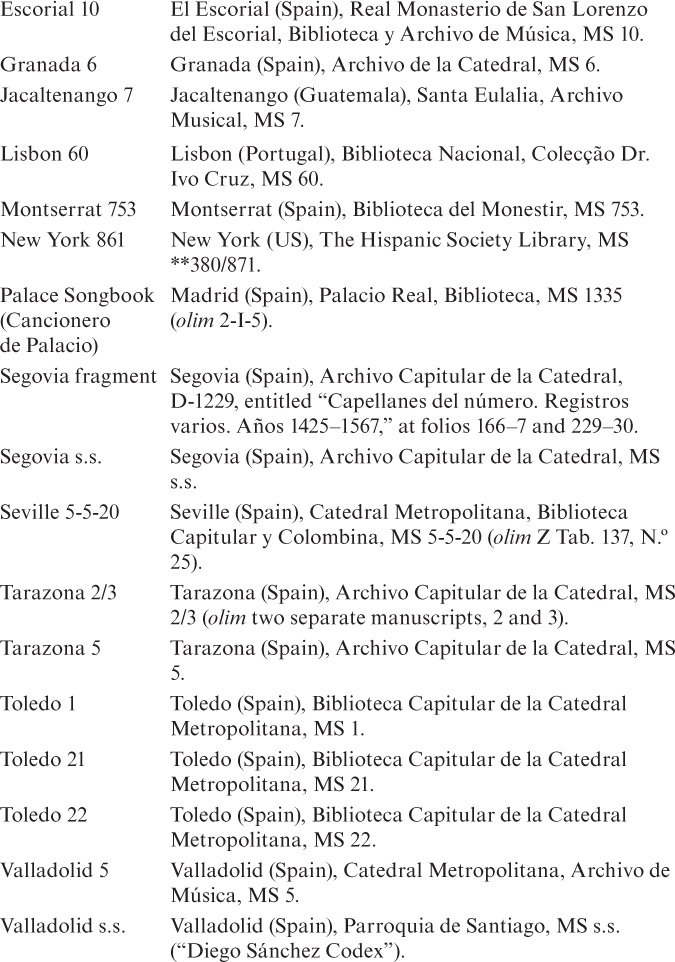
The editions here are our own, made from the original sources in consultation with the published editions when available. Note values are halved except as noted. Treble- and mezzo-clef lines are transcribed in treble clef; alto- and tenor-clef lines in transposing treble; baritone- and bass-clef lines in bass. Clefs are abbreviated as follows:
G = treble = G2
S = soprano = C1
M = mezzo = C2
A = alto = C3
T = tenor = C4
R = baritone = F3
B = bass = F4
This book is the product of thirty years of close friendship and five of deliberate collaboration. Its immediate inspiration was a session we organized for the 2012 Conference on Medieval and Renaissance Music at the University of Nottingham, in honor of what we then believed was Anchietas 550th birthday. This is also a good time to thank our colleagues Maricarmen Gmez Muntan and Eva Esteve Roldn for their contributions and for allowing us to go our own way afterward. As we e-mailed back and forth in the weeks and months that followed, we began to realize that there was at least a books worth to say about Juan de Anchieta, and that the aspects of his work that we had been separately pursuing dovetailed nicely into what might become a more or less comprehensive introduction to his life and to the music he has left us. A scheme of alternating chapters fell into place easily, and then the hard part began.
Anchieta does not appear, as far as his surviving output goes, to have been an especially productive composer, at least in comparison with his colleague at the Aragonese chapel, Francisco de Pealosa. But even that is relative: the loss of many polyphonic sources and the strong tradition of unwritten and semi-improvised polyphony in the Iberian Peninsula make it problematic to gauge the output of Spanish composers from this period in purely numerical terms. But Anchieta proves to be an interesting figure in the history of Spanish music, if only because, of the three most important composers of the time of Ferdinand and Isabel, he was first on the scene by a good deal, joining the Castilian royal chapel in 1489 and having already written some significant compositions by the time Pealosa arrived at Ferdinands court in 1498 and long before we first catch sight of the largely mysterious Pedro de Escobar in 1507. And, in more recent centuries, both his biography and his worklist have excited a perhaps surprising level of controversy, which we will discuss more presently.
From the beginning we have conceived of this book as an old-fashioned life-and-works study, in the manner, just to choose from the recent books of some of our own friends and colleaguesof David Fallowss studies of Dufay and Josquin, Women were important in Anchietas career as chapel singer, teacher, and composer: he worked in turn for Isabel and her daughter Juana, was closely associated with Margaret of Austria, and at the end of his life was connected with a convent in the Basque country. His life and works thus serve as an exemplary representation of the importance of female patronage in the music of the Josquin era.
Next page

